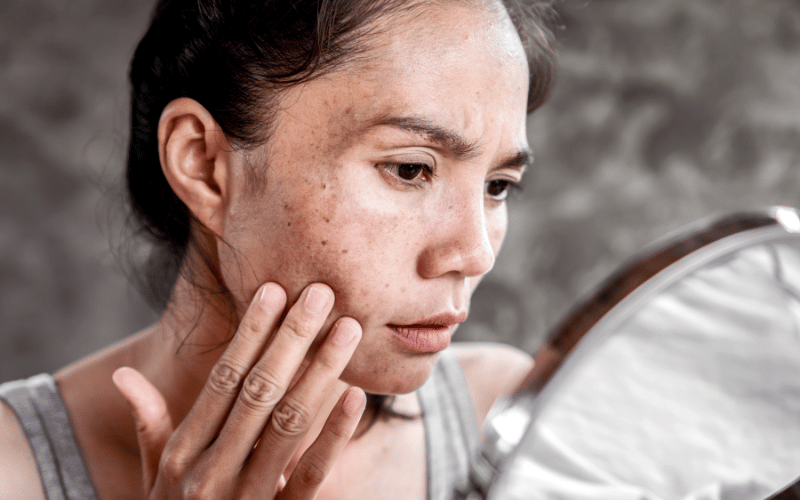6. Skin Hyperpigmentation – The Marked Difference

Addison’s Disease can literally leave its mark on the skin, causing hyperpigmentation or darkening in certain areas. This isn’t just a suntan or a sign of aging; it’s a patchy, often uneven coloring that’s particularly noticeable on scars, joints, and skin creases. It’s a sign that’s visible to the naked eye, one that often prompts questions and can be a clue leading to diagnosis.
This symptom arises due to the increased production of adrenocorticotropic hormone (ACTH) when cortisol levels are low. ACTH stimulates the melanin in skin cells, leading to the darker pigmentation. The more pronounced the hormone imbalance, the darker the skin can become, signaling a need for medical evaluation and treatment.
For those with Addison’s Disease, these skin changes can carry a social stigma. They may feel self-conscious about the discoloration, especially in visible areas like the face or hands. It’s a daily reminder of their condition, one that can’t be concealed with long sleeves or makeup. This symptom is not just skin-deep; it affects self-image and confidence.
Patients often seek ways to manage these changes, but treatment for Addison’s Disease doesn’t always reverse the skin darkening. As such, many must come to terms with their altered appearance, finding ways to embrace it. It becomes part of their identity, a testament to their resilience and the journey they’re on with their health. (6)